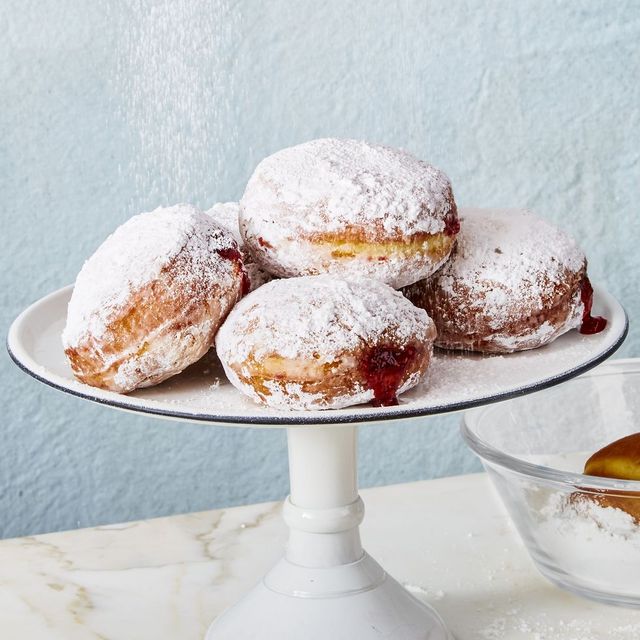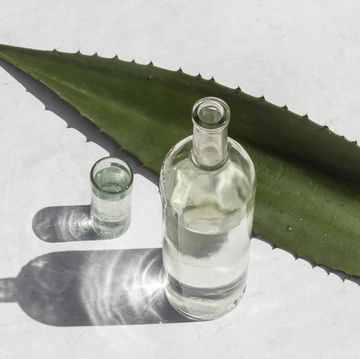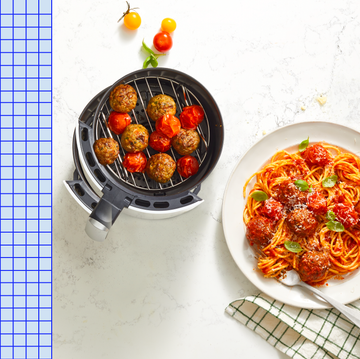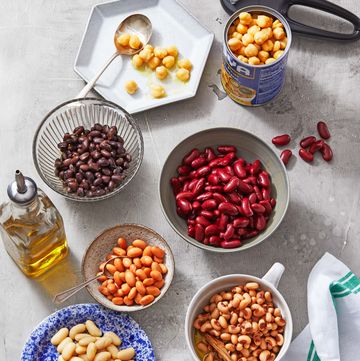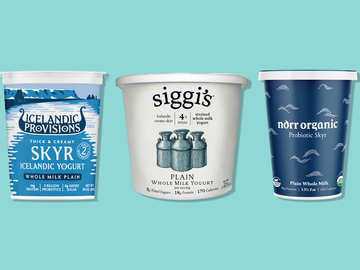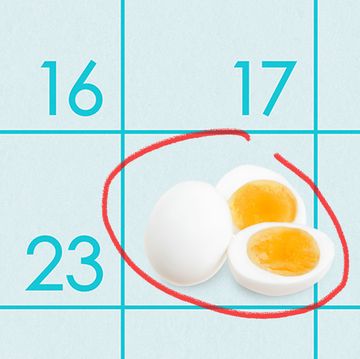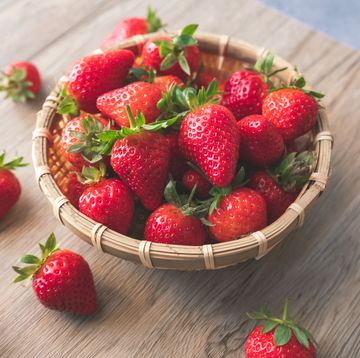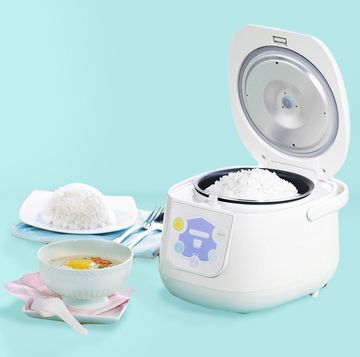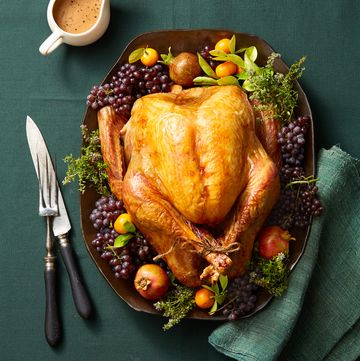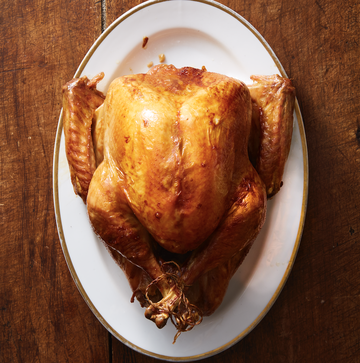Many desserts and baking recipes involve powdered sugar or confectioners' sugar. If you encounter this ingredient and don’t have any lying around, don’t panic! We’re here to help you find a powdered sugar substitute without going to the store, so you can get your homemade treats done in time for that bake sale, birthday party or holiday celebration.
What is powdered sugar?
In order to understand what substitutes make sense or what your own DIY powdered sugar should look like, it’s helpful to know exactly what it is. Essentially, powdered sugar is just granulated sugar that has been ground down and milled into a very fine powdered form. Since it’s so fine, it dissolves much more easily than regular sugar crystals, making it ideal for melting and dissolving in icings, frostings, glazes and classic cocktails like a Gin Fizz and French 75 (that’s why you’ll see it referred to as icing sugar). When you see a white dusting on top of sweets, that’s likely confectioners’ sugar, which is granulated sugar that’s been finely ground then mixed with cornstarch to prevent it from clumping or melting into baked goods. Before proceeding, first figure out what type of sugar you need as these terms are often mistakenly used interchangeably.
How to make powdered sugar
If you’re a seasoned baker, you probably have powdered sugar in stock at home. If you don’t, or you’ve run out with no time to run to the store, there is a way to make your own powdered sugar. All you need is regular granulated sugar and some sort of grinding mechanism, like a blender, food processor or even a coffee grinder.
Ingredients:
- As much granulated sugar as you need powdered sugar (ex. 1/2 cup granulated sugar will make approximately 1/2 cup powdered sugar)
Grind the granulated sugar until it becomes a fine powder, stopping the blender ever 30 seconds or so to toss or stir the sugar to make sure it's evenly blended. You may need to blend at least 1/2 cup of sugar in order for the blades of your blender to catch (if you have leftovers, store in your pantry in an airtight container). Be sure not to grind the sugar for longer than a minute at a time, as it tends to generate heat. Then use the same amount of this mixture as the recipe calls for powdered sugar.
To make confectioners' sugar: Blend the granulated sugar, then sift out any larger particles with a fine mesh strainer or sifter if possible and thoroughly combine with 1 tablespoon cornstarch per cup of granulated sugar.
Powdered sugar substitutes
Depending on your reason for needing a powdered sugar substitute, there are a variety of options that serve as adequate replacements.
Coconut Sugar
If you’re looking for a healthier option, coconut sugar is a bit less sweet and has a lower glycemic index than traditional white sugars, and can serve as the primary swap ingredient. Just blend the coconut sugar until it becomes a fine powder. Combine 1 cup of coconut sugar with 1 tablespoon of cornstarch or arrowroot powder if you need confectioners' sugar.
Hot Cocoa Mix
Got any hot cocoa mix lying around? Ideally for chocolate desserts, you can use those packets in a one-to-one trade for powdered sugar. You may want to grind it if you have the tools, just to make sure it’s as fine as possible.
Dry Milk Powder
For a powdered sugar alternative that will achieve a similar texture but with far less sugar, try dry milk powder. Add sweetener to dry milk powder if desired and use this mixture in the same amount as powdered sugar. Just be aware that milk powder absorbs more liquid than powdered sugar, so you may want to add a bit more liquid to the recipe for an ideal consistency.
Granulated Sugar
Don’t stress if you find yourself in a pinch with no blender, cornstarch or anything that can help you carry out one of these swaps. It is possible to simply use granulated sugar in a slightly smaller amount, though you’ll have to accept that the texture may not be ideal, especially for icing or other recipes that are supposed to be super smooth. Just substitute 1 cup of granulated sugar for every 1 ¾ cups powdered sugar and proceed as directed.
